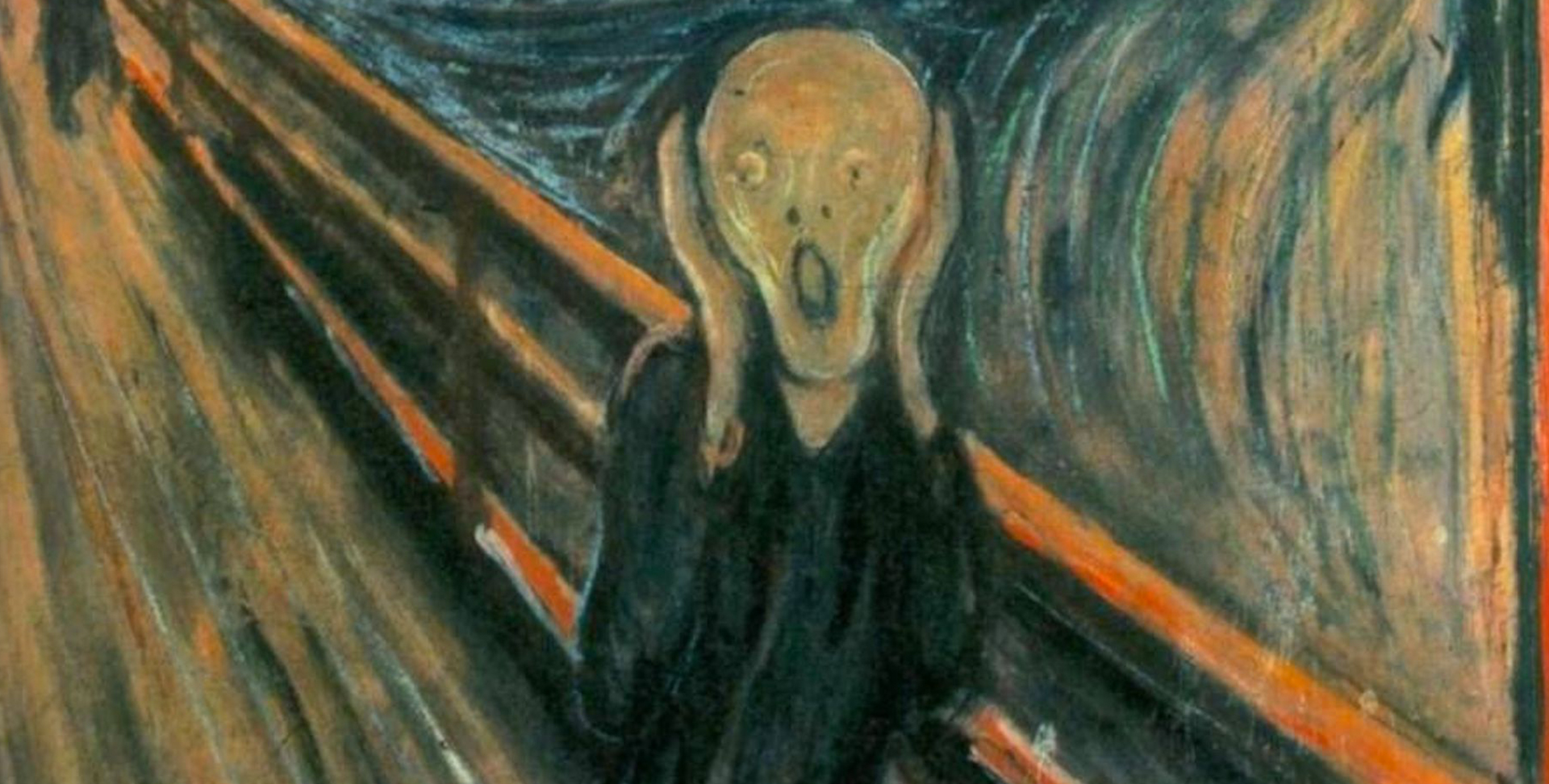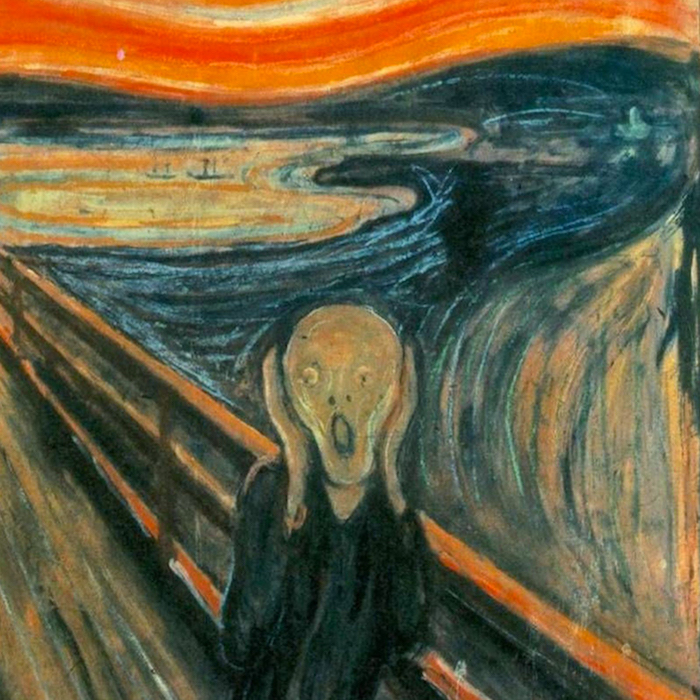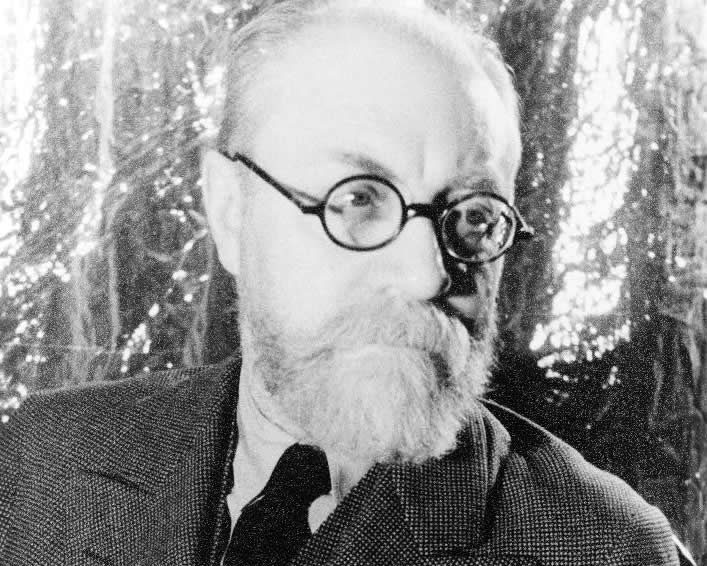


Its use of simplified shapes and bright colours unrelated to reality was a search for expressing emotions rather than representing the world exactly as it is.


Fauvism expresses emotions using bright colours and simplified shapes.
This word comes from military language. The avant-garde are soldiers who go out before the rest of the army. If there are any enemies along the way, they are the first to be attacked. Only the bravest soldiers are put in this position!

The term avant-garde, applied to art, describes artists who are ahead of others, who take risks by trying out new things.
At the beginning of the 20th century, many of them tried to blow tradition apart by reinventing art.

In art history, the term avant-garde describes artists who overturn traditions and introduce radical innovations.

Before the wild beasts’ cage affair, Matisse and Derain took a great interest in Divisionists, artists who painted using little spots of colour alongside each other.
Some people mockingly called them the “Pointillists” because these little spots of colour looked like tiny dots (“points” in French).
Matisse spent the summer of 1904 with Signac, who was one of the Divisionists, and went on to paint Luxe, calme et volupté (Luxury, Serenity and Pleasure) using this technique. But from the next year onwards, his use of little dots was over. They gave way to large splashes of solid colour.

Divisionists like Signac paint using little spots of colour alongside each other.
In fact, Fauvism belongs to a wider artistic family known as “Expressionism”. Okay, but what does that mean?
Unlike the Impressionists (Monet, for example), who painted everything they saw during their daily life with a certain lightness of touch, Expressionists portrayed strong, violent personal feelings, with distorted shapes, in order to communicate a strong emotion to the viewer.

Expressionist artists shared their every mood, sometimes violently.
Expressionism did not end at the beginning of the 20th century, far from it. After the First World War, German artists who had fought in the trenches wanted to portray the appalling violence of the fighting.
This was why they used an Expressionist style to demonstrate their revulsion for the society responsible for this massacre. They were not part of a school as such. These artists simply picked up their brushes to express what they were experiencing during the same period.
It was in fact only in 1925 that a German exhibition entitled New Objectivity gave a name to this group of artists.

After the Great War, German artists denounced the evils of their era, giving birth to the “New Objectivity”.

"*" indicates required fields